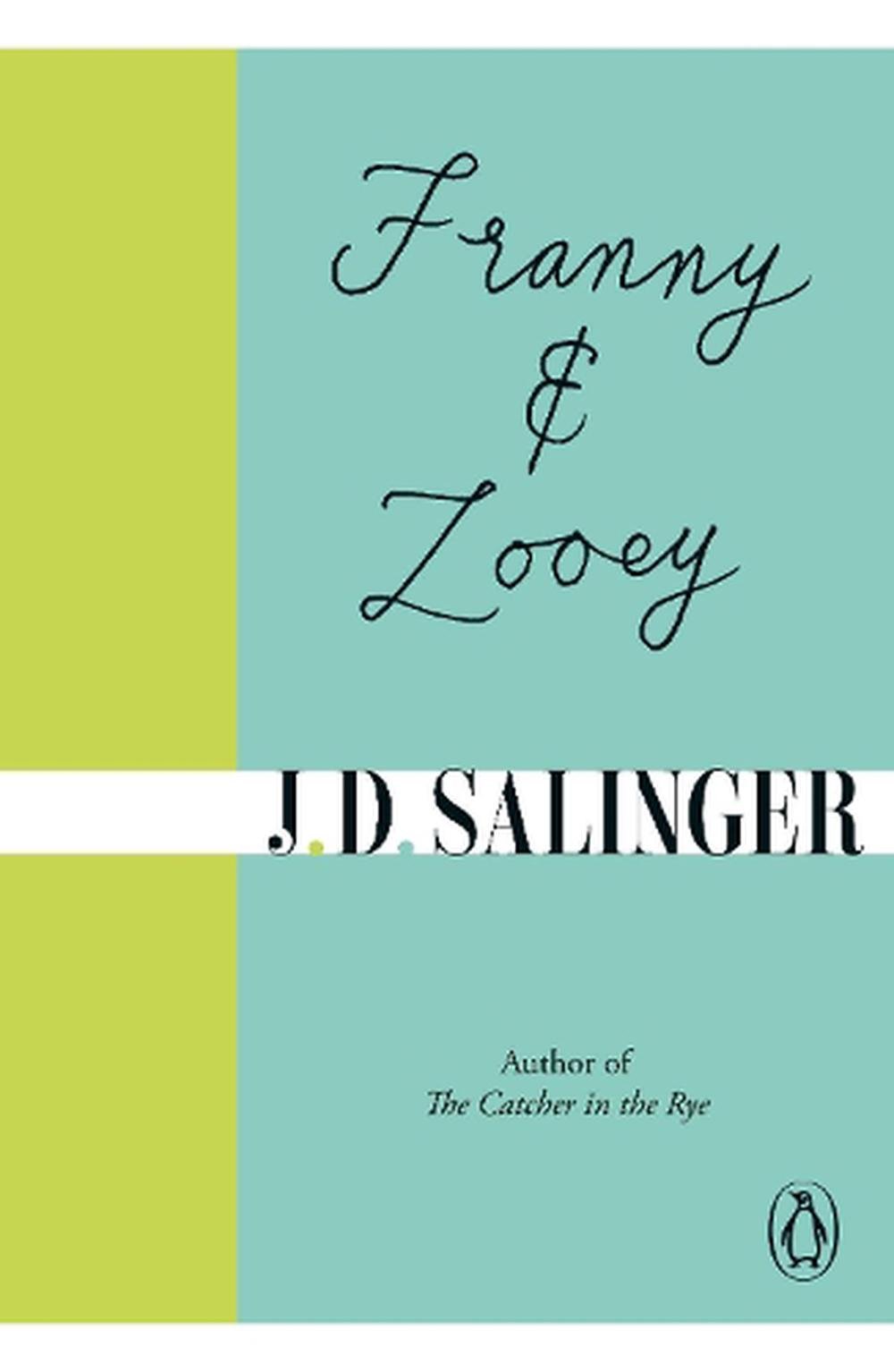

As fables for the twenty-fir st century go, Franny and Zooey has aged just fine. The first chronicles Franny’s emotional breakdown as she visits her boyfriend, Lane Coutell, during the “big Yale game.” The second follows the efforts of one of Franny’s older brothers to bring her out of her depression, which, he believes, was brought on by the overly precious environment of the Glass household: seven children of two vaudeville actors who have spent their lives winning fame on a radio show and pursuing enlightenment. Salinger’s novels, Franny and Zooey, is a story in two chapters. You almost can’t bear to look, but you can’t bear not to look, either. Reopening Franny and Zooey in your thirties is just like opening the diary your mother thoughtfully mailed to you after she found it in the box she’s been trying to get out of the basement.

At the very least, this will look great on your desk. We who shop late nights in marketplaces online might find satisfaction in printing out a robe and pinning it literally onto not just a figurine but to a character, an author, a time period. You, too, can take Franny from one edge of her breakdown to the other by taking off her smart traveling outfit and fitting her with a pale blue cashmere afghan. There’s a link to your own printable paper doll at the bottom of this post. Print them, share them, dress them, and please, please play with them. Salinger’s Franny, but stay tuned for more. I’ve paired with the illustrator Jenny Kroik to bring you what us bookworm-clotheshorse child-adults have always wanted: literary paper dolls. Everyone in a novel is dressed with intention by their author. C lothing means something about our destination, our origins, our field, our desires. How could I not? They are the only shoes she wears. I think a lot about Moriah’s underwear in Play It As It Lays (blue silk from a hotel shop) and Hana’s sneakers in The English Patient (slightly too big). I can tell you that the best part of Kate Chopin’s The Awakening is Edna Pontellier ’s peignoir.

Dressing up as my favorite characters was a bit of magic, and, even today, I still read novels like a costume designer. I had a plain white trunk for my robes and silks, my wings (several kinds), my swords and my purses. In that happy valley before puberty, my greatest bliss was to be given both a book and the permission to play dress-up all at once. Before I was a tomboy or a clotheshorse or a loser or a teenager, I was a bookworm.


 0 kommentar(er)
0 kommentar(er)
